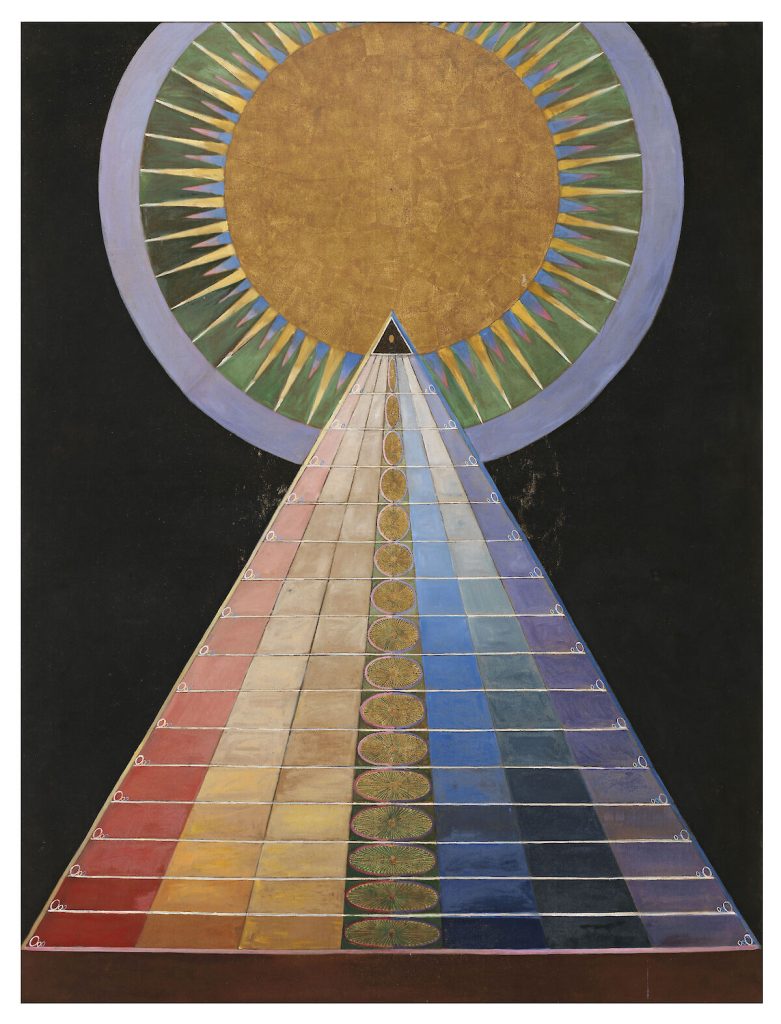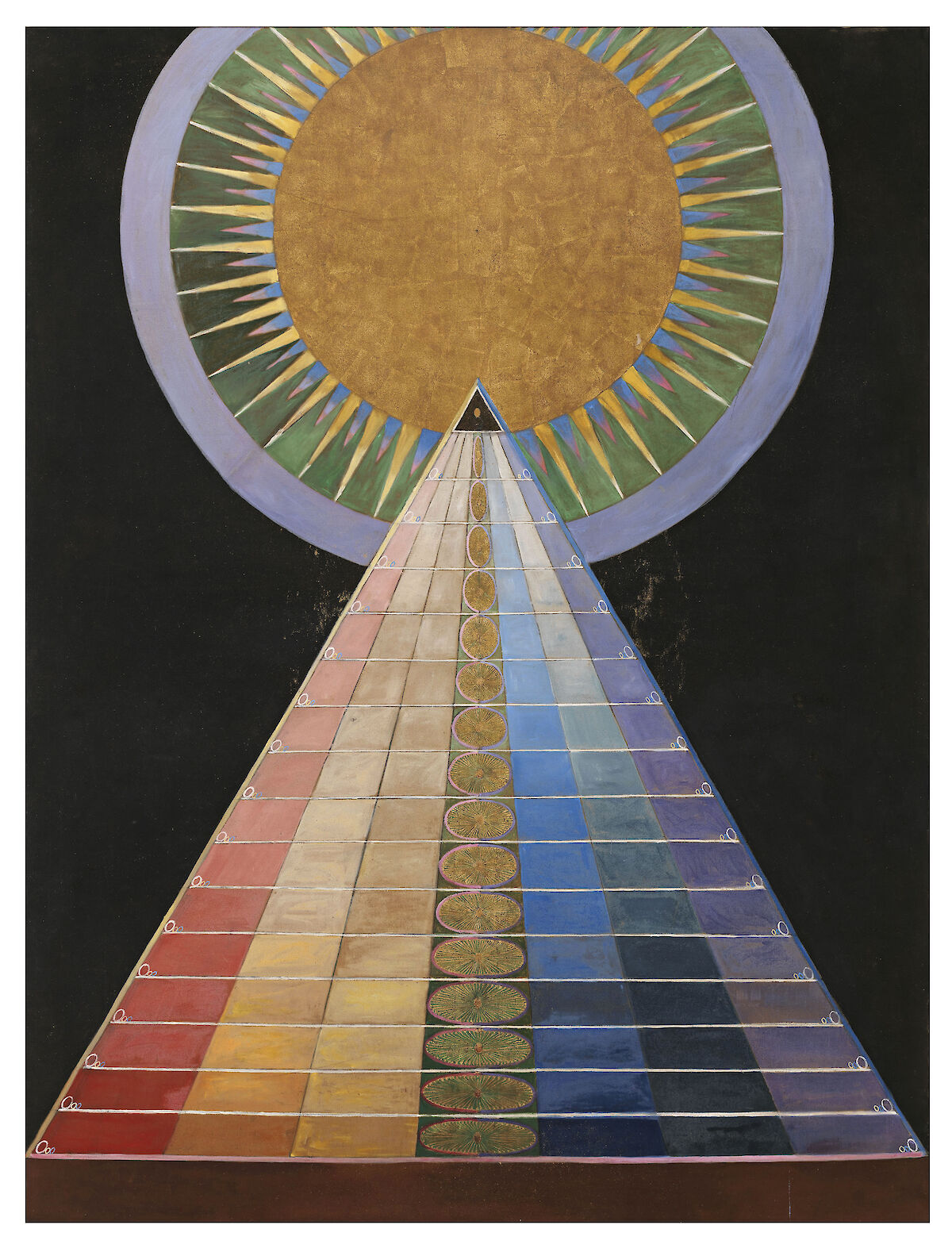
The Visionary Art and Esoteric Practices of Ithell Colquhoun

Title: Mysticism, Surrealism, and the Feminine Divine: Rediscovering the Visionary Art of Ithell Colquhoun
In the quaint coastal town of St Ives, England, a resurgence of esoteric energy is unfolding through the bold, mystical works of Ithell Colquhoun (1906–1988). Often overlooked in 20th-century art history, Colquhoun’s visionary exploration of surrealism, occultism, and feminine spirituality is finally receiving the widespread recognition it deserves. The Tate St Ives exhibition, Ithell Colquhoun: Between Worlds — the largest ever dedicated to her work — marks a vital turning point in the appreciation of this enigmatic British artist.
A Life Rooted in Mysticism and the Land
Colquhoun’s relocation to West Cornwall was far more than a change of residence; it was a symbolic return to a landscape she considered spiritually charged. She believed deeply in animism — the ancient idea that landscapes, objects, and celestial bodies are imbued with conscious energies. For Colquhoun, Cornwall’s legends, stones, and terrain formed natural conduits to these energies, making it an ideal setting for an artist whose life was devoted to synthesizing art, magic, and metaphysical inquiry.
The exhibition highlights include paintings inspired by this belief system, such as The Sunset Birth (c. 1942), a radiant depiction of a Cornish fertility stone glowing with inner luminescence. Here, Colquhoun combines her artistic technique with ritualistic themes, conjuring a resonant sense of both place and mystical purpose. Energy lines radiate from beneath the earth’s surface, tying into spiritual traditions and sacred geometry that extend beyond any single culture.
Surrealism Meets the Occult
A key aspect of Colquhoun’s work is her unique fusion of Surrealist technique and esoteric symbology. She was briefly associated with the British Surrealist Group but was ousted in 1940 for refusing to abandon her occult practices, underscoring a contentious divide between avant-garde ideology and spiritual discipline. Nevertheless, she continued developing her personal methodology, employing automatic drawing, decalcomania, and symbolic collage to channel subconscious forces and archetypes onto canvas.
In “Scylla (méditerranée)” (1938), rock formations that mirror human anatomy suggest a dreamlike ambiguity — both sensual and surreal. The twin rocks mimic female legs, while also resembling male phalluses, framing a channel that could be read as both birthing canal and passage to the unknown. Colquhoun described the piece as a “double-image in the Daliesque sense,” embracing multiplicity as a path to deeper truth.
Her Surrealist sensibility is likewise evident in “Gorgon” (1946), which weaves mythological creatures and abstracted forms into a powerful visual incantation. These paintings are not merely fantastical imagery; they are invocations — layered spiritual documents encoded with alchemical significance, psychological insight, and feminine power.
Decalcomania and Divination
One of the most illuminating aspects of the exhibition is the presentation of Colquhoun’s decalcomania works alongside their initial pattern impressions. This method, involving the pressing of paint between paper to create organic textures, became a form of visual divination for her — akin to reading tea leaves or scrying with mirrors. In “Attributes of the Moon” (1947), a goddess figure is teased from abstract textures into focus, resting within a soft pink cavern that symbolizes womb space and lunar energy.
This interplay between formal experimentation and spiritual intuition is a hallmark of Colquhoun’s artistic identity. Like many female Surrealists — including peers such as Leonora Carrington and Remedios Varo — Colquhoun expanded surrealism beyond its psychoanalytic confines, using it to explore myth, ritual, and feminine archetypes.
Spiritual Eclecticism and Gender Fluidity
A display of personal notebooks and sketches further reveals Colquhoun’s wide-ranging metaphysical interests. These include visualized concepts of chakras, the Kabbalistic Tree of Life, and other esoteric frameworks. Notably, one illustration features entwined female forms rendered in different colored inks — a nod to same-sex desire and the alchemical union of opposites beyond conventional gender boundaries.
In her theories and images alike, Colquhoun viewed femininity not as passive or decorative, but as cosmic force. Her attraction to mystical balance informed her concept of androgyny — seeing masculine and feminine energies not as binaries to be reconciled but as reciprocal forces in constant cosmic dance.
Reclaiming a Forgotten Visionary
After her death in 1988, Colquhoun’s legacy was dispersed between institutions and largely faded from critical view. Only recently have scholars and curators begun to reassess her groundbreaking efforts. Thanks to the reunification and study of her extensive archive,